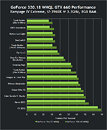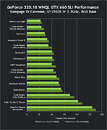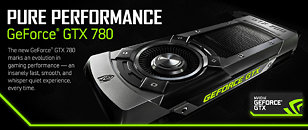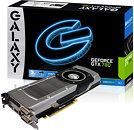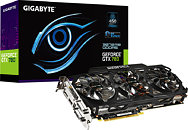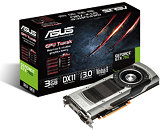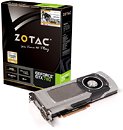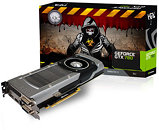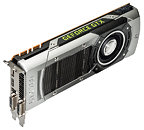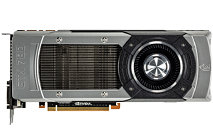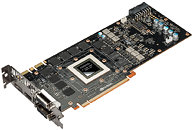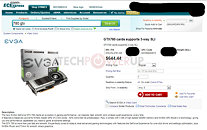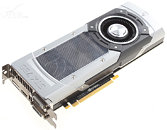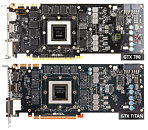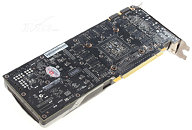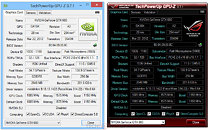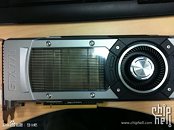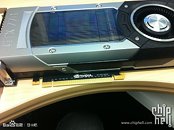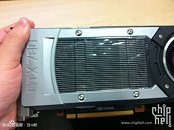
Origin PC Offers GTX 780-equipped PCs with Cyanogenic Liquid Cooling
ORIGIN PC is the first to begin offering their innovative CRYOGENIC liquid-cooling solution for NVIDIA's latest GeForce GTX 780 graphics card in SLI to their line of award-winning GENESIS desktops starting today. Engineered for maximum performance, the award winning ORIGIN PC CRYOGENIC custom liquid cooling system makes sure you are always at your best.
The advanced cooling power of the ORIGIN PC CRYOGENIC system allows for optimal temperatures when overclocking and offers a unique air and liquid cooling option designed to keep you running cool even at peak performance during intense gaming sessions.
The advanced cooling power of the ORIGIN PC CRYOGENIC system allows for optimal temperatures when overclocking and offers a unique air and liquid cooling option designed to keep you running cool even at peak performance during intense gaming sessions.

